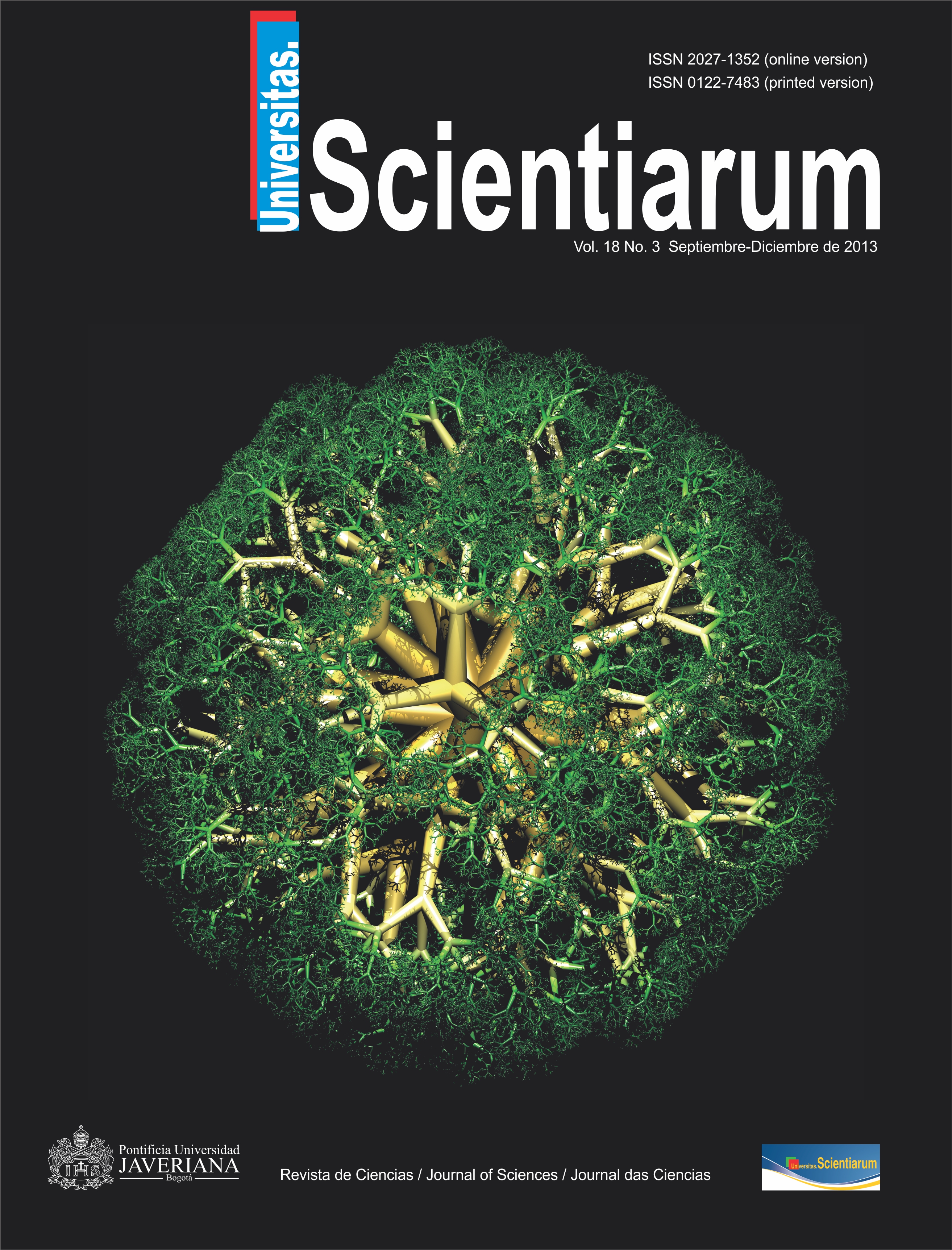Abstract
The protozoan Trypanosoma cruzi causes Chagas’ disease, a neglected illness that remains a relevant public health concern in Latin America. In Brazil, Benznidazole is available for its treatment. This compound is effective against circulating forms of the parasite in the acute phase of the disease, but its efficacy during the chronic stage is debatable. The search for new medications that can treat Chagas’ disease is therefore mandatory. Natural sources display a wide range of secondary metabolites and may play an important role in the discovery of new potential drugs. Miconia is one of the largest genus of the family Melastomataceae and includes approximately 1,000 plant species; Brazil alone is home to approximately 250 of these species, which exist in forests and savannas. Studies on the various biological activities of the Miconia species have reported promising results. Several researchers have screened these plants as well as their extracts in vitro against trypomastigote forms of T. cruzi, which displayed significant trypanocidal activity. It has been demonstrated that the presence of ursolic and oleanolic determines this biological activity.
Univ. Sci. is registered under a Creative Commons Attribution 4.0 International Public License. Thus, this work may be reproduced, distributed, and publicly shared in digital format, as long as the names of the authors and Pontificia Universidad Javeriana are acknowledged. Others are allowed to quote, adapt, transform, auto-archive, republish, and create based on this material, for any purpose (even commercial ones), provided the authorship is duly acknowledged, a link to the original work is provided, and it is specified if changes have been made. Pontificia Universidad Javeriana does not hold the rights of published works and the authors are solely responsible for the contents of their works; they keep the moral, intellectual, privacy, and publicity rights. Approving the intervention of the work (review, copy-editing, translation, layout) and the following outreach, are granted through an use license and not through an assignment of rights. This means the journal and Pontificia Universidad Javeriana cannot be held responsible for any ethical malpractice by the authors. As a consequence of the protection granted by the use license, the journal is not required to publish recantations or modify information already published, unless the errata stems from the editorial management process. Publishing contents in this journal does not generate royalties for contributors.



